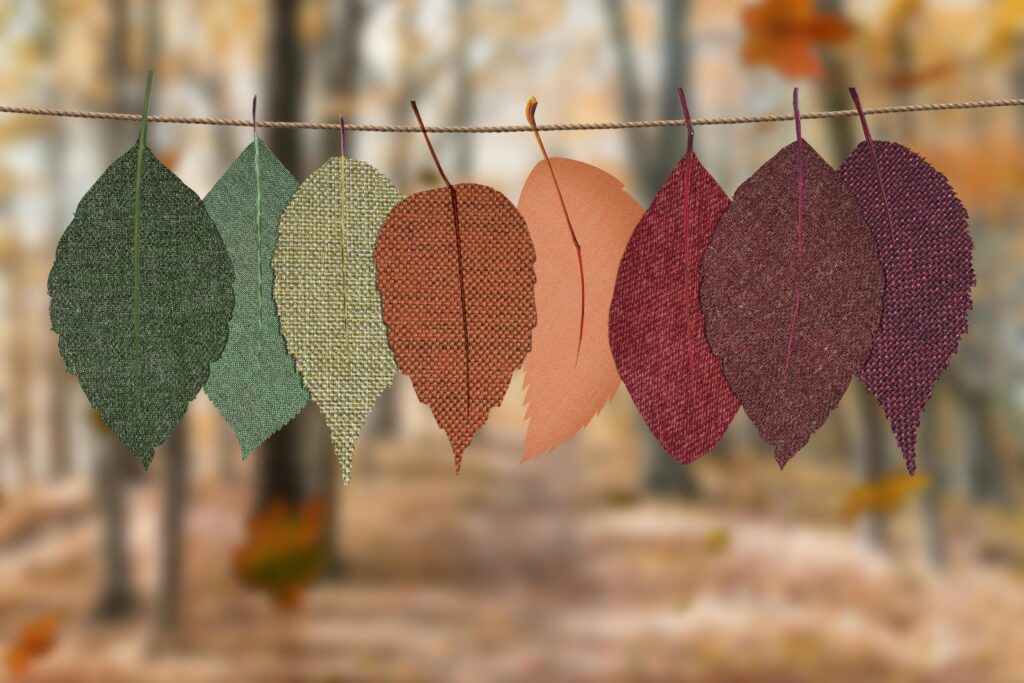Mixing textiles in your living room can transform it from a basic space into a dynamic and inviting environment. Textiles add color, pattern, texture, and comfort to a room, influencing its aesthetic and atmosphere. This guide will walk you through the essentials of selecting and combining different fabrics and patterns to create a cohesive and stylish living room.
Contents
Understanding the Basics of Textiles
Before diving into mixing, it’s crucial to understand the types of textiles commonly used in living rooms:
– Upholstery Fabric: Used for furniture like sofas and armchairs. Durable materials like microfiber, leather, and heavy cotton are popular choices.
– Drapery Fabric: This is lighter than upholstery fabric and used for window treatments. Options include linen, silk, and polyester blends.
– Accent Fabrics: Used for throw pillows, blankets, and sometimes area rugs. These can include luxurious fabrics like velvet or practical options like wool.
The Art of Mixing Textiles
1. Start with a Color Scheme
The first step in mixing textiles is choosing a color palette. This could be inspired by a large piece of furniture, an artwork, or even a favorite color. Typically, a palette of three to five colors works well, allowing enough diversity without overwhelming the space. Ensure your colors balance well, including a mix of neutral shades and more vibrant hues to create depth and interest.
2. Layer with Textures
Texture in textiles can greatly affect the mood and comfort of your living room. Combining different textures adds depth and contrast. For instance, a smooth leather sofa can be softened with plush velvet pillows or a nubby chenille throw. Curtains in breezy linen can complement a heavy woven rug. Remember, textures also affect how colors appear, with rough textures making colors seem subdued and shiny textures making them appear brighter.
3. Mix Patterns with Care
Mixing patterns can be daunting, but when done correctly, it adds dynamism and flair. Follow these tips for a harmonious look:
– Vary the Scale: Combine large-scale patterns with smaller ones to avoid visual competition.
– Keep Colors Consistent: Patterns should share a similar color palette to keep the look cohesive.
– Balance Busy and Simple: Pair busy patterns with more understated designs to prevent the space from feeling chaotic.
4. Consider the Room’s Function
When selecting textiles, consider how your living room is used. If it’s a high-traffic area or there are pets and children, opt for durable and easy-to-clean fabrics like microfiber or leather. For a more formal space, you might choose delicate fabrics like silk or fine wool.
Practical Tips for Applying These Ideas
1. Sofa and Chairs
Start with the largest pieces. A neutral-colored sofa can be livened up with colorful or patterned throw pillows. If your sofa is already a bold color or pattern, keep the pillows more subdued or opt for textures rather than competing patterns.
2. Window Treatments
Curtains are a great way to introduce texture and pattern. If your walls and furniture are neutral, you might select a bold pattern or a bright color for curtains. If you already have several patterns in the room, consider solid curtains in a luxe fabric to add depth without more patterns.
3. Rugs and Throws
Area rugs can anchor the room and make it feel grounded. A patterned rug can pull together the colors used throughout the space, or a textured monochrome rug can add interest without overpowering. Throws are perfect for adding texture and are easy to swap out with the seasons or as your taste changes.
4. Accent Pieces
Items like ottomans, lampshades, and small chairs are opportunities to introduce additional fabrics and patterns. An ottoman in a contrasting fabric can become a focal point, while a lampshade in an unexpected pattern can add a touch of whimsy.
### Examples of Successful Textile Combinations
– Cozy and Inviting: A soft suede sofa with wool tartan pillows, a knit throw, and heavy linen curtains.
– Elegant and Sophisticated: A velvet sofa with silk damask pillows, a fine mohair throw, and sheer silk curtains.
– Eclectic and Bold: A leather sofa with ikat print pillows, a geometric wool rug, and bold striped curtains.
Mixing textiles in your living room is an exciting way to express your personal style and create a space that feels both unique and comfortable. By following these guidelines—balancing colors, textures, and patterns, and considering the functionality of the space—you can achieve a beautifully layered and cohesive look. Remember, the key to successful interior design is to reflect your personality and lifestyle, making your living room a true testament to your tastes.

